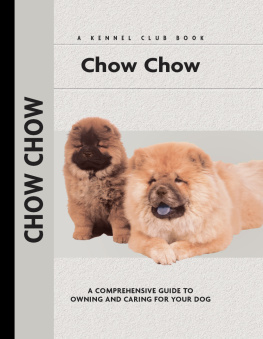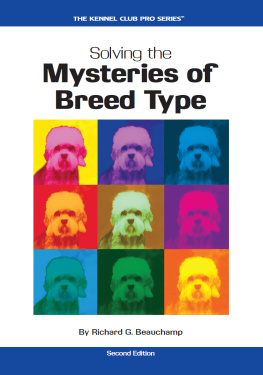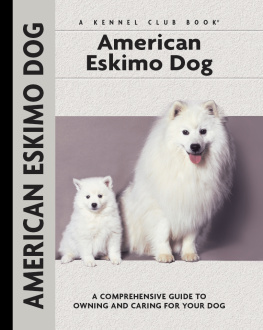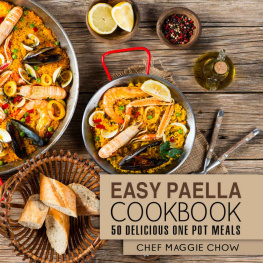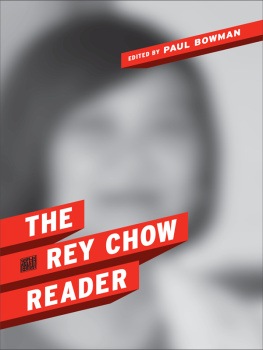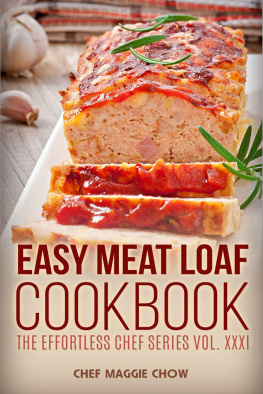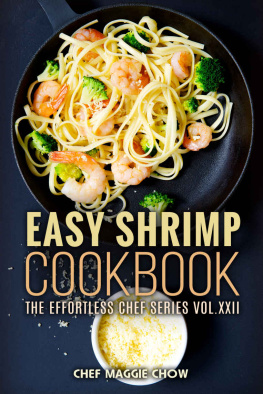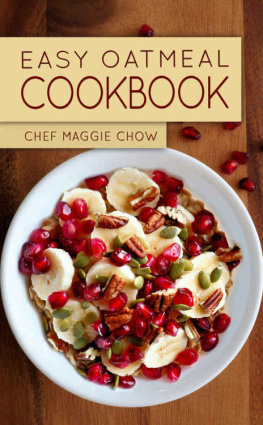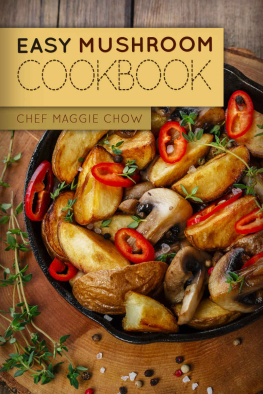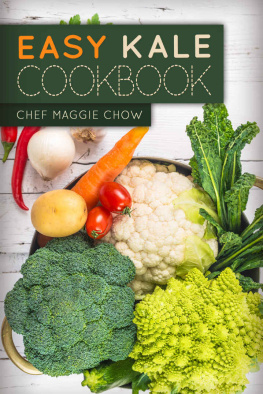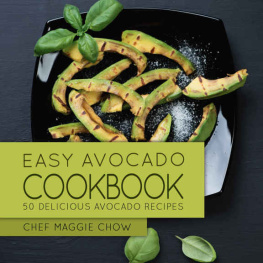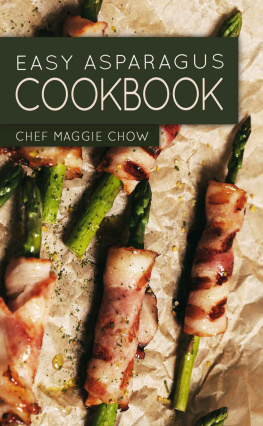Physical Characteristics of the Chow Chow
(from the American Kennel Club breed standard )
Ears: Small, moderately thick, triangular in shape with a slight rounding at the tip, carried stiffly erect but with a slight forward tilt. Placed wide apart with the inner corner on top of the skull.
Head: Proudly carried, large in proportion to the size of the dog. Expression essentially scowling, dignified, lordly, discerning, sober and snobbish, one of independence.
Eyes: Dark brown, deep set and placed wide apart and obliquely, of moderate size, almond in shape. The correct placement and shape should create an Oriental appearance.

Muzzle: is short in comparison to the length of the top skull but never less than one-third of the head length. The muzzle is broad and well filled out under the eyes; its width and depth are equal and both dimensions should appear to be the same from its base to its tip.
Nose: Large, broad and black in color with well opened nostrils.
Mouth and Tongue: Edges of the lips black, tissues of the mouth mostly black, gums preferably black. A solid black mouth is ideal. The top surface and edges of the tongue a solid blue-black, the darker the better.
Neck: Strong, full, well muscled, nicely arched and of sufficient length to carry the head proudly above the topline when standing at attention.
Chest: Broad, deep and muscular. The floor of the chest is broad and deep extending down to the tips of the elbows.
Forequarters: Shoulders strong, well muscled, the tips of the shoulder blades moderately close together. Elbow joints set well back alongside the chest wall, elbows turning neither in nor out. Forelegs perfectly straight from elbow to foot with heavy bone which must be in proportion to the rest of the dog.
Topline: Straight, strong and level from the withers to the root of the tail.
Body: Short, compact, close coupled, strongly muscled, broad, deep and well let down in the flank. The body, back, coupling and croup must all be short to give the required square build.
Hindquarters: The rear assembly broad, powerful, and well muscled in the hips and thighs, heavy in bone with rear and front bone approximately equal. Stifle joint shows little angulation, is well knit and stable. Hock joint well let down and appears almost straight.
Tail: Set high and carried closely to the back at all times, following the line of the spine at the start.
Coat: There are two types of coat; rough and smooth. Both are double coated. In the rough coat, the outer coat is abundant, dense, straight and offstanding, rather coarse in texture; the undercoat soft, thick and wooly. The coat forms a profuse ruff around the head and neck, framing the head. Tail well feathered.
Color: Clear colored, solid or solid with lighter shadings in the ruff, tail and featherings. There are five colors in the Chow: red (light golden to deep mahogany), black, blue, cinnamon (light fawn to deep cinnamon) and cream.
Feet: Round, compact, catlike, standing well up on the thick toe pads.
Size: The average height of adult specimens is 17 to 20 inches at the withers.

Contents

Learn about the mysticism surrounding the Chows origins, including theories that speculate on the breeds relationship to the bear, and the Chows ancient Chinese beginnings. Follow the Chow Chow on his journey to the UK, Europe and America, and eventually to worldwide popularity.

The Chow Chow has perhaps the most distinct personality in dogdom. Find out if youre the right owner for this intriguing combination of loyalty and independence, intelligence and stubbornness. Also learn about the Chows physical characteristics and breed-specific health concerns.

Learn the requirements of a well-bred Chow Chow by studying the description of the breed set forth in the American Kennel Club standard. Both show dogs and pets must possess key characteristics as outlined in the breed standard.

Find out about how to locate a well-bred Chow Chow puppy. Discover which questions to ask the breeder and what to expect when visiting the litter. Prepare for your puppy shopping spree. Also discussed are socialization, home safety, the first trip to the vet and solving basic puppy problems.

Cover the specifics of taking care of your Chow Chow every day: feeding for the puppy, adult and senior dog; grooming, including coat care, ears, nails and bathing; and exercise needs for your dog. Also discussed are the essentials of dog identification.

Begin with the basics of training the puppy and adult dog. Learn the principles of house-training the Chow Chow, including the use of crates and basic scent instincts. Enter Puppy Kindergarten and introduce the pup to his collar and leash and progress to the basic commands. Find out about obedience classes and other activities.

By Lowell Ackerman DVM, DACVD
Become your dogs healthcare advocate and a well-educated canine keeper. Select a skilled and able veterinarian. Discuss pet insurance, vaccinations and infectious diseases, the neuter/spay decision and a sensible, effective plan for parasite control, including fleas, ticks and worms.

Step into the center ring and find out about the world of showing pure-bred dogs. Heres how to get started in AKC shows, how they are organized and whats required for your Chow to become a champion.

K ENNEL C LUB B OOKS C HOW C HOW
ISBN 13: 978-1-59378-260-3
eISBN 13: 978-1-59378-979-4
Copyright 2005 Kennel Club Books An Imprint of I-5 Press A Division of I-5 Publishing, LLC
3 Burroughs, Irvine, CA 92618 USA
Cover Design Patented: US 6,435,559 B2 Printed in South Korea
All rights reserved. No part of this book may be reproduced in any form, by photostat, scanner, microfilm, xerography or any other means, or incorporated into any information retrieval system, electronic or mechanical, without the written permission of the copyright owner.
Next page
